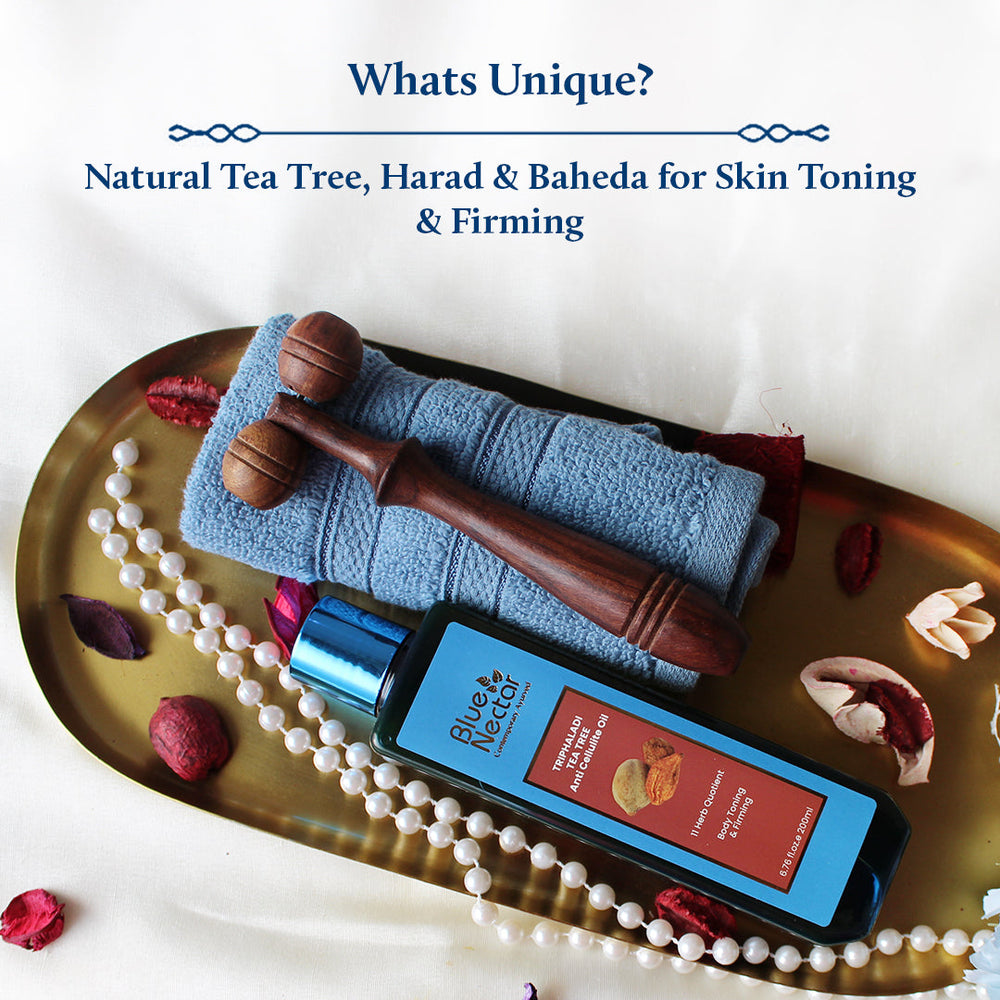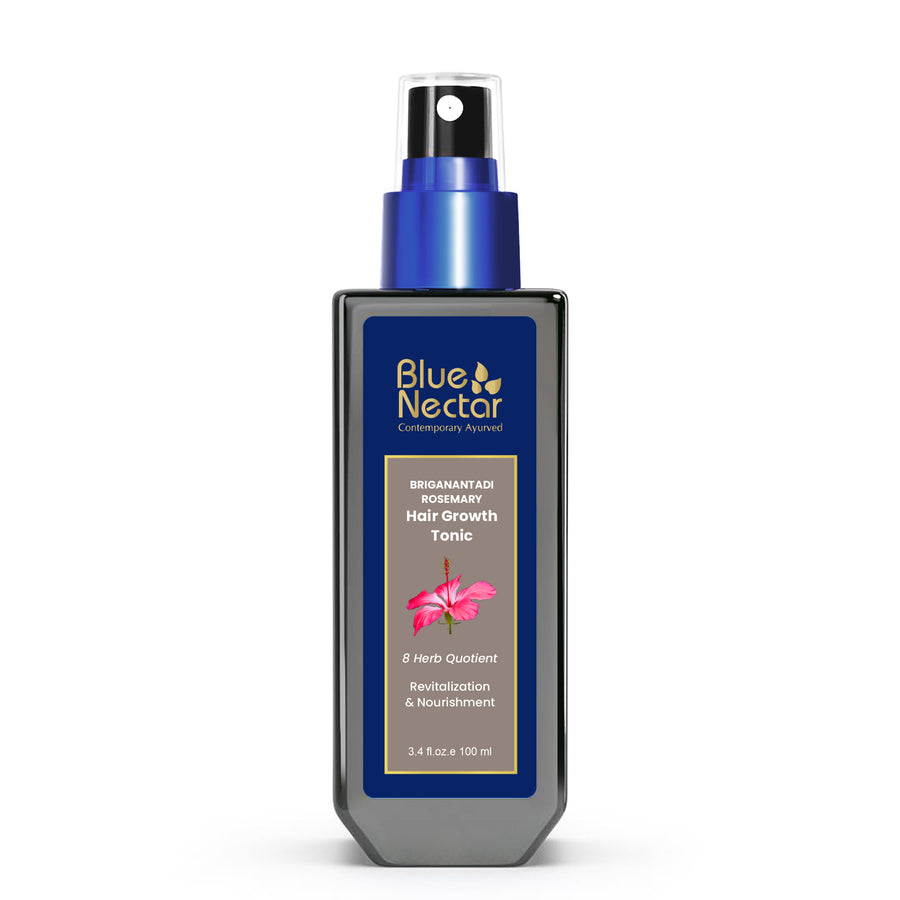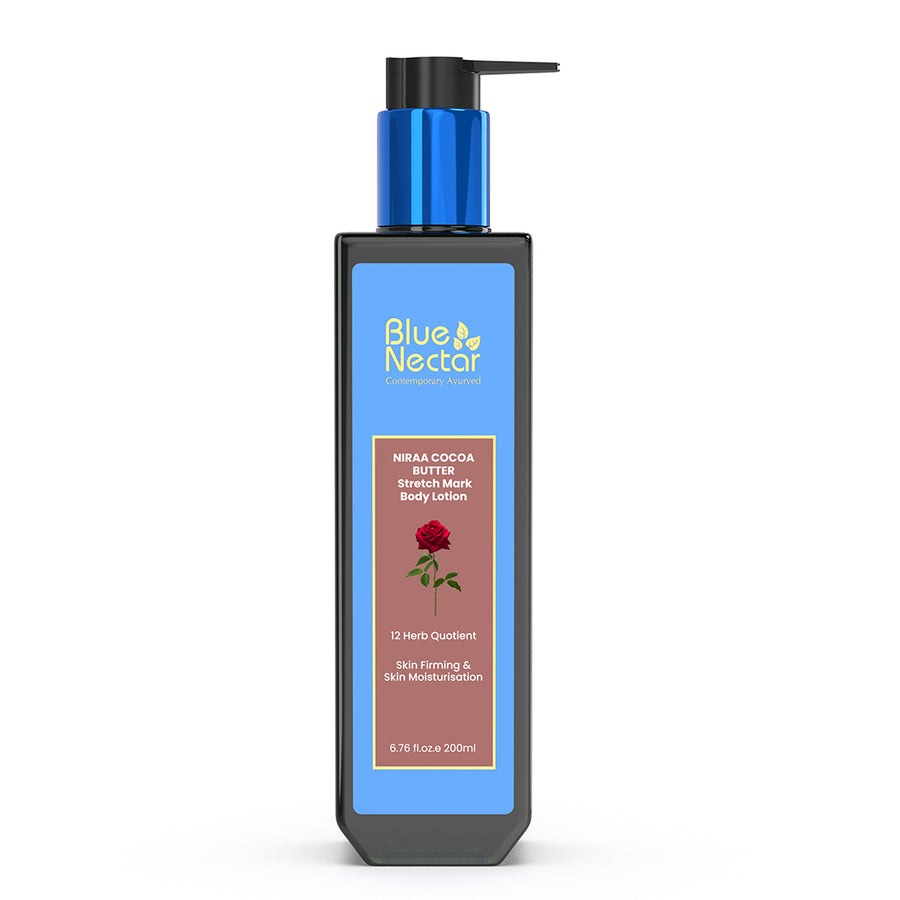The 7 Rules of Face Cleansing: Do’s and Don’ts
What’s the big deal with face cleansing?
| Estimated reading Time - 10 minutes |
You just pick any soap or face wash, splash some water on your face, rub it in a little, and you’re good. Right? Why make it complicated with rituals and precise beauty regimes?
Wrong! Face cleansing might look like a simple step in skincare, but it lays the foundation and default state in which your skin can take in other products you use. No matter what skin type or skin tone you have and what weather conditions you live in, effective face cleansing does wonders to restore your naturally radiant skin. You don’t just need an ayurvedic face wash and some water to clean your face - you need precise technique and routines so that your skin gets to be in its best health.
So, are you using your ayurvedic face wash right? We’ll find out in this blog. Below compiled is all the information you need to engage in effective face cleansing - summarized in just 7 simple rules that will absolutely change your skincare game.
What are you waiting for? Read on!
Face Wash Vs Soap – Are they same? Does it even matter?
Many people have the tendency to believe that as long as your face is getting washed with something, it doesn’t matter what goes on it. This could not be further from the truth. Our face is the window to so many things in our lives. Our personality, our intentions, our moods are all represented by our face. It is also under direct scrutiny from the harsh sun rays, pollution, dust, and dirt during the day. Therefore, it is very important to clean and protect your facial skin with ayurvedic face wash.

To demonstrate why it's important to distinctly use ayurvedic face wash on your face and not a soap - we must first understand the purpose of face cleansing.
Face cleansing generally refers to the act of removing built-up oil, sweat, and dirt that has collected on your pores, and let your skin refresh. Therefore, it has an almost instantly brightening effect on your face.
However, there is a difference between what a soap is designed to do and what the needs of your facial skin are. Here’s the thing: our facial skin is far more delicate than the skin on our body.
This is simply because facial skin has more pores. This is why it is softer, and this is why people with oily skin mostly get breakouts on their face and not body. Though the rest of the skin on our body acts similarly, it is facial skin that is fundamentally required to be a little acidic on the pH levels.
Soaps are alkaline and designed to clean your skin of dirt. When applied on the face, soaps can over cleanse your pores and leave them open - making your skin vulnerable and dry. Soaps deplete the natural sebum barrier required on your face to keep your skin protected.
Ayurvedic face wash on the other hand is specifically designed to cleanse your face. This is why it is much milder and yet effective as it is designed to remove excess dirt, oil, and pollution in your pores.
The main key to a good facial cleansing routine always depends on how good your face wash is working for you.
The Rules of Face Cleansing
Now that we have discussed the main purpose and needs for facial cleansing, we are equipped with understanding why these rules for face cleansing exist. That’s right, cleaning your face is very, very, serious business! And it is only wise to do it with the discipline instilled by rules and with best ayurvedic face wash.
Here is the holy grail to getting glowing skin through a perfect face cleansing routine:
Rule No. 1 - Figure out your skin type.
Figuring out your skin type is the first step to figuring out what's best for your face. The drier the skin you have the more careful you will have to be with what product you are putting on your face in order to clean it. Choosing the right product for your skin type ensures that you have the foundation of your face cleaning routine sorted. To all of this, you must find an ayurvedic face wash that contains natural ingredients such as aloe vera, honey, and lots more since ayurvedic face wash is formulated without harmful chemicals.
If you have oily skin, it is good to look for “oil-free” or “foaming” ayurvedic face wash as they are intended to keep your naturally rich-in-sebum skin clean. If you are someone who is prone to acne a lot, you can take a step further and try a face wash with salicylic acid (BHA) in it. BHAs are known to be gentle exfoliators that work wonders in fighting acne.
If you have dry skin, you have to be careful with the face wash you choose. Look for stuff that has “hydrating” or “gel-based” or “mild” in its description. Dry skin already has a low amount of oil, which is why neither does it trap too much dirt that would have to be foamed away, nor does it have the resilience to take in the effects of a strong face wash intended to clean oil. This goes for sensitive skin too. In fact, go for a mild ayurvedic face wash which contains ingredients such as aloe vera, honey, mulethi, manjishtha or products that have words like “soothing” or “cooling” in their description.

Rule No. 2 - Double Cleansing is the way to go.
This rule applies if you have had a particularly sweaty day or are simply someone who likes to wear makeup. Make-up, after a few hours, has a cakey and powdery texture, no matter what brand you use. It is therefore not enough to just put water over it and be done with it. The particles can clog your pores and cause acne.
Double cleansing refers to the method of removing your makeup with an oil or cream based cleanser first, and then following up with your regular water based face wash or a natural, ayurvedic face wash. Oil cleansers are quite “in” the skincare game as of now, so we would definitely suggest getting one of them. Oil is able to really stick on the dirt and residual make up on your skin, and when wiped away, it deeply cleanses your pores. Oil cleansers also serve the purpose of creating some barrier on your skin before you go about using ayurvedic face wash on it.
Rule No. 3 - Hot water is a big no
We get it, some days are too cold - even for your face. And while it is also understandable that the room temperature water is too cold in winters, lukewarm water is a much better choice than hot water.
Hot water is always a no for those with dry or sensitive skin. As for those with normal to oily skin, coming in contact with hot water once in a while is totally fine. However, to include it in your daily routine can be harmful. Hot water can deplete the natural oils on your skin and make your ayurvedic face wash much harsher than intended. The results would be dry, irritated, and itchy skin in the long run.
Rule No. 4 - Wash your face in small circular movements
Now this is a part many can get wrong if they’re not paying attention! As mentioned in this blog many times before, your facial skin is delicate and needs to be paid heed to with care. It is not a cloth or dish you’re washing - your face is alive. So, don’t rub it the wrong way!
Always use the tip of your fingers to clean your face and move them in little circular motions. Horizontal or straight scrubbing motions can cause microtears in your skin. A circular movement and an ayurvedic face wash prevents any chances of damage to your skin.

Rule No. 5 - The infamous 60-second rule
Have you ever thought about all the well-promoted ingredients added to your ayurvedic face wash that are supposed to be incredibly beneficial to your skin health? Yes, well whether you use a sandalwood face wash, aloe vera face wash, or a neem face wash - none of it matters if you’re simply putting on your face wash for a few seconds and then rinsing it away.
Think about it. How are these ingredients supposed to help your skin when they barely come in contact with it?
This is where the 60-second rule comes in. For a product to be utilized on your beautiful skin, it has to be given its sweet share of time. And 60 seconds is the sweet spot between undergoing it and overdoing it! Not only does it give your (correctly chosen) ayurvedic face wash to work its magic, but it also gives you time to be mindful about your face cleansing. This way, you are sure to reach every area of your face or even neck, because you have decided to give it time. You will also discover spots you have been missing on your previous washes.
Rule No. 6 - Separate products for face and body (including towels)
Remember how we spoke about how it's a bad idea to use soap designed for the body on your face? Apply the same logic for anything you use on your face at all. Since facial skin is delicate, it is important to use natural and ayurvedic face wash as well as the aftercare products to be suitable for it.
Preferably, choose a softer towel when it comes to wiping your face. Do not use the same towel that you use to dry your hands after hand washing. It is likely to be much dirtier. In fact, to be safer, it is good to wash your hands before washing your face.
Rule No. 7 - Moisturize, moisturize, moisturize
Moisturizing is simply the natural predecessor after washing your face with ayurvedic face wash. Yeah, people can put toner or cleanser on their face before it, but ultimately, somewhere along the way, a face moisturizer comes in. Well, at least in well thought out skin care regimes.
Cleansing serves the purpose of freeing your skin of impurities and dirt. Moisturizing serves the purpose of adding moisture to it - it nourishes and softens your skin, while also many times restoring its natural oily barrier to prevent it from the harm of external agents. And if the face wash is an ayurvedic face wash and moisturizing cream is natural and ayurvedic too, the benefits are multiplied.
Always keep your skin type in mind before choosing a moisturizer. For oily skin, non-greasy, gel-based, hydrating moisturizers are the best. For dry and sensitive skin, a thicker moisturizer is more suitable, and recommended to be followed by some sort of occlusive such as face oil or Kumkumadi Serum. Kumkumadi Serum is a face glowing oil made with 26 natural herbs.
The Wrath and Repercussions of over washing
It is simply unwise and careless to not speak about the harms and threats of over washing your face. It is definitely essential for one to clean their face regularly. Without that, the face would look dull, tired, and probably have way too many scarring breakouts.
However, as is common with a lot of people with oily skin, over washing can be very harmful, if not just as harmful as not washing your face at all. Even if you use the mildest of ayurvedic face wash out there, we assure you, you CAN still over wash your face.

Always limit your face washing ritual to twice a day on normal days. If you’re having a particularly long and sweaty day, it's okay to wash it a couple of times more to feel better, however, don’t use a face wash every time. Just use water to refresh yourself. Wet wipes are also a good alternative.
The point is, it is wise to limit your proper face cleansing routine to twice a day: once in the morning and once in the evening. Even people with oily skin are at risk to develop red, rashy, itchy, dry, flaky, and peeling skin upon over-washing. Additionally, if you over-wash in hopes that your skin gets less oily - your efforts will go in vain. Over-washing often encourages your face to produce even more sebum.
The natural oils present on our skin are given to us by nature for a good purpose. Never try to undermine their role in keeping your skin healthy. Instead, manage them with careful face cleansing.
Recommended Products by Blue Nectar:
Shubhr Vitamin C Face Serum with Hyaluronic Acid for Dark Spot Correction and Glowing Skin
Shubhr Dark Spot Corrector Cream with Natural Vitamin C for Glowing Skin (Women)




















Leave a comment